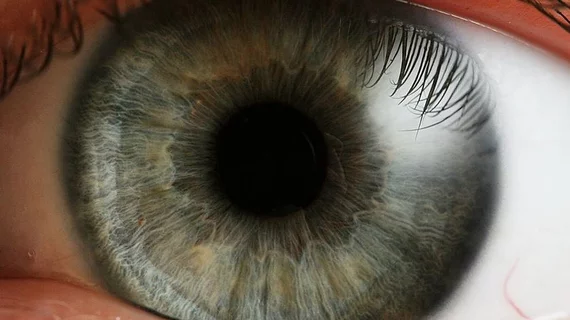New imaging method may shed light on diabetic retinopathy
Researchers from the University of Wisconsin-Milwaukee have used a new imaging technique to visualize cellular damage to the retina caused by diabetes. The method, tested in a mouse model, may aid in understanding diabetic retinopathy—a leading cause of blindness.
“We know the basic progression of the disease,” said corresponding author Carol Hirschmugl, a UWM professor of physics in a news release. “But if we knew what was happening at the cellular level, it could lead to a more effective treatment or earlier diagnosis.”
Hirschmugl and her team did just that. Their new tool utilized concentrated synchrotron light in the infrared wavelengths and Fourier transform infrared imaging to identify molecular biomarkers of cellular damage over a 10-month period.
In the study, done in collaboration with a team at the McPherson Eye Research Institute at UW-Milwaukee, Hirschmugl et al. confirmed previous studies hypothesizing that retinal deterioration happens at irregular intervals rather than steadily declining. They also discovered the most significant damage occurs within the first three months.
From prior studies, UW-Milwaukee researchers traced the unusual progression of the disease to its plateau at three months, and now the team thinks it knows why.
“We believe that these temporal variations in biomarkers correlate with the cells’ mechanisms that repair the damaged or degraded macro-molecules,” said first author Ebrahim Aboualizadeh, a postdoctoral research associate at the University of Rochester in the recent paper published in Scientific Reports.
Hirschmugl and her colleagues hope to apply the new imaging platform to locate damaged cells in other disease models.

